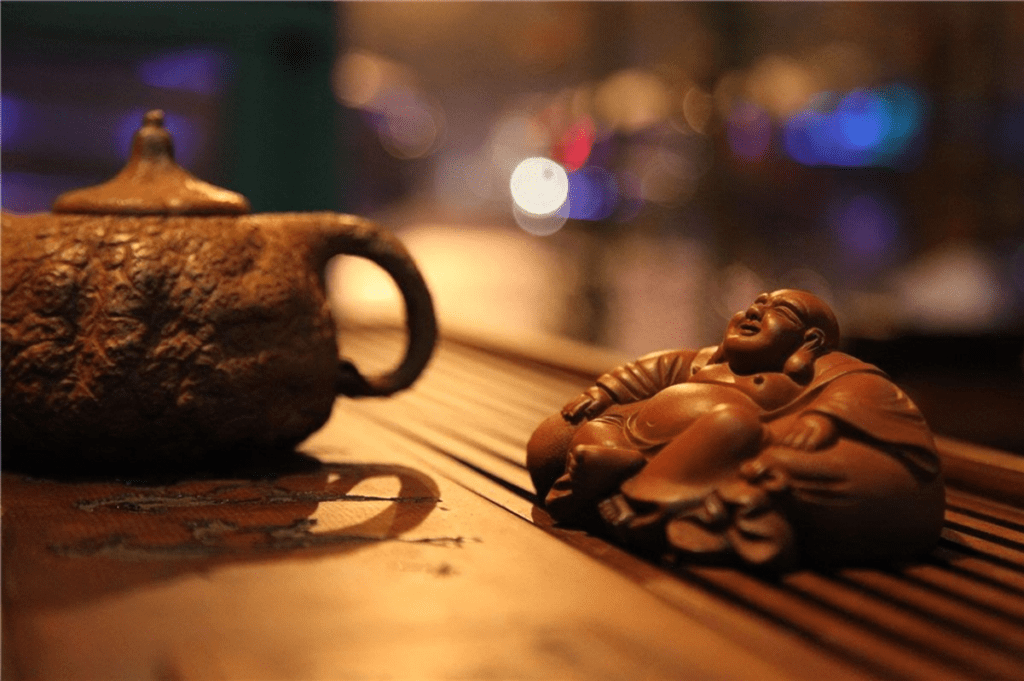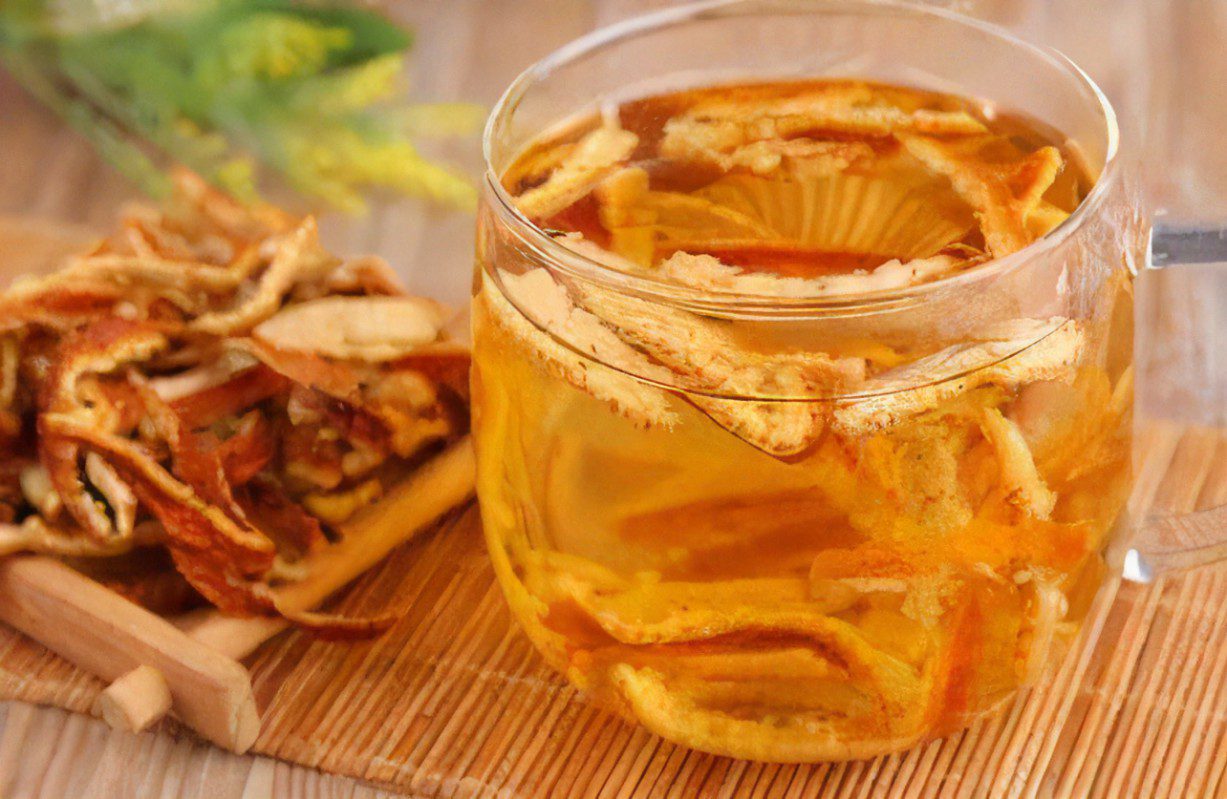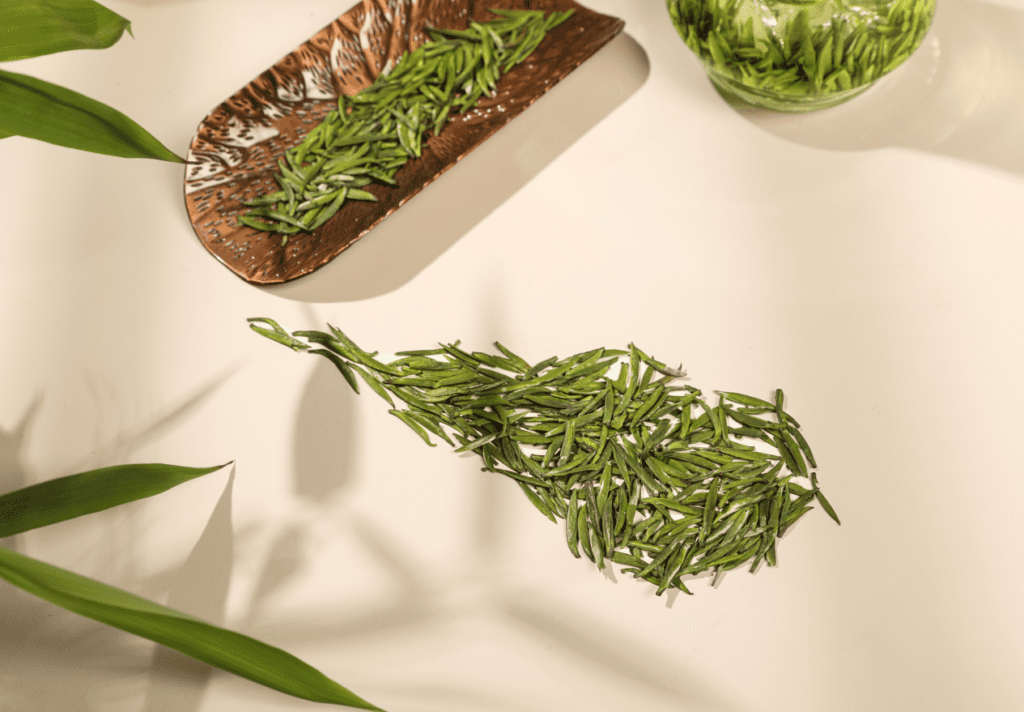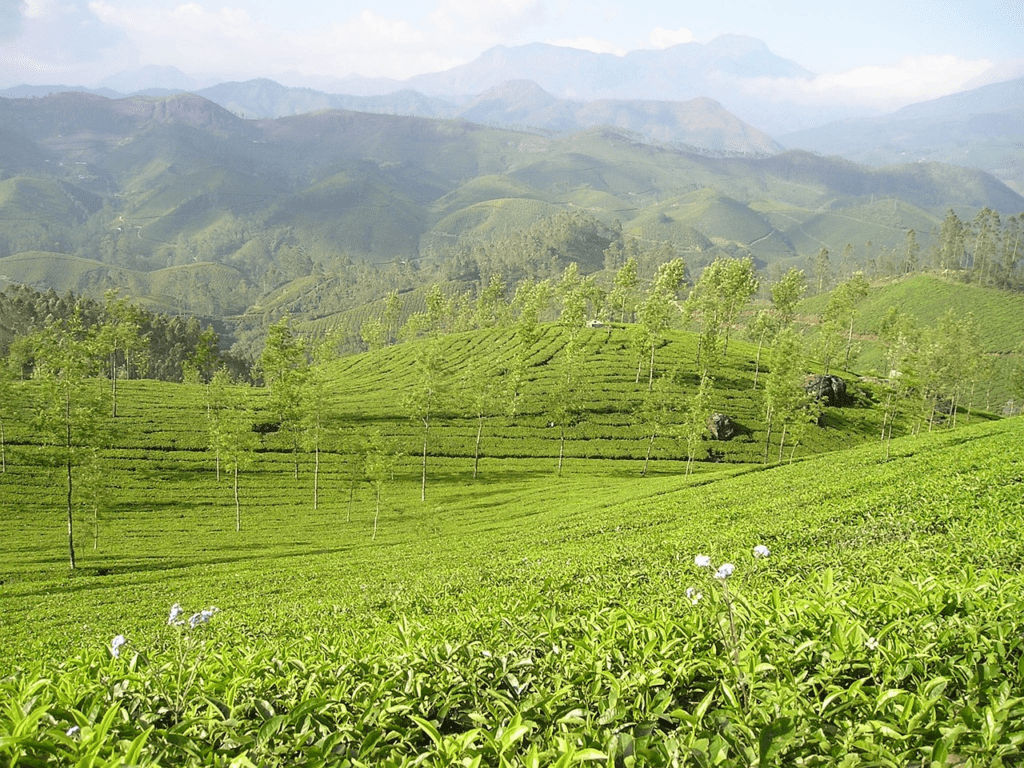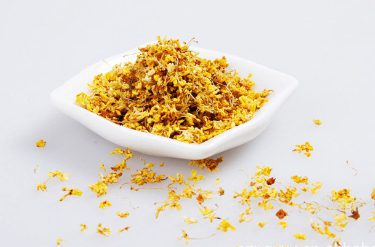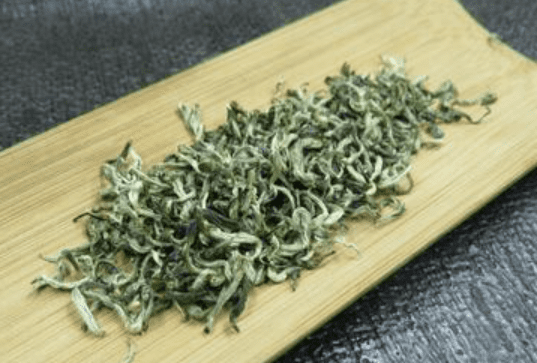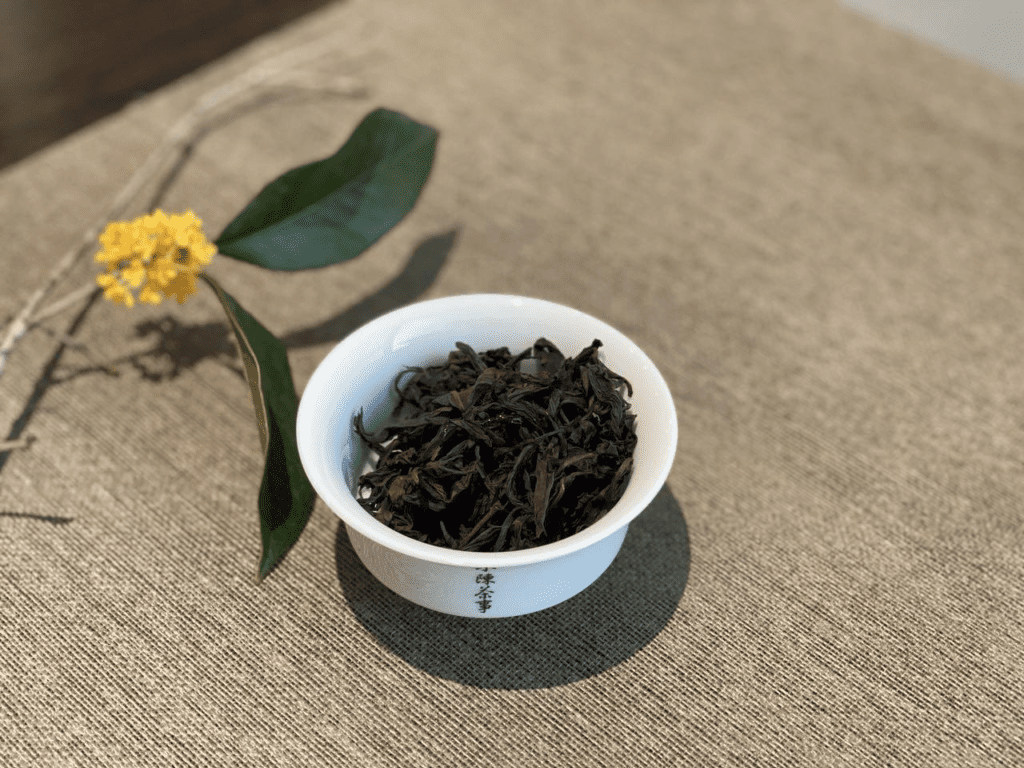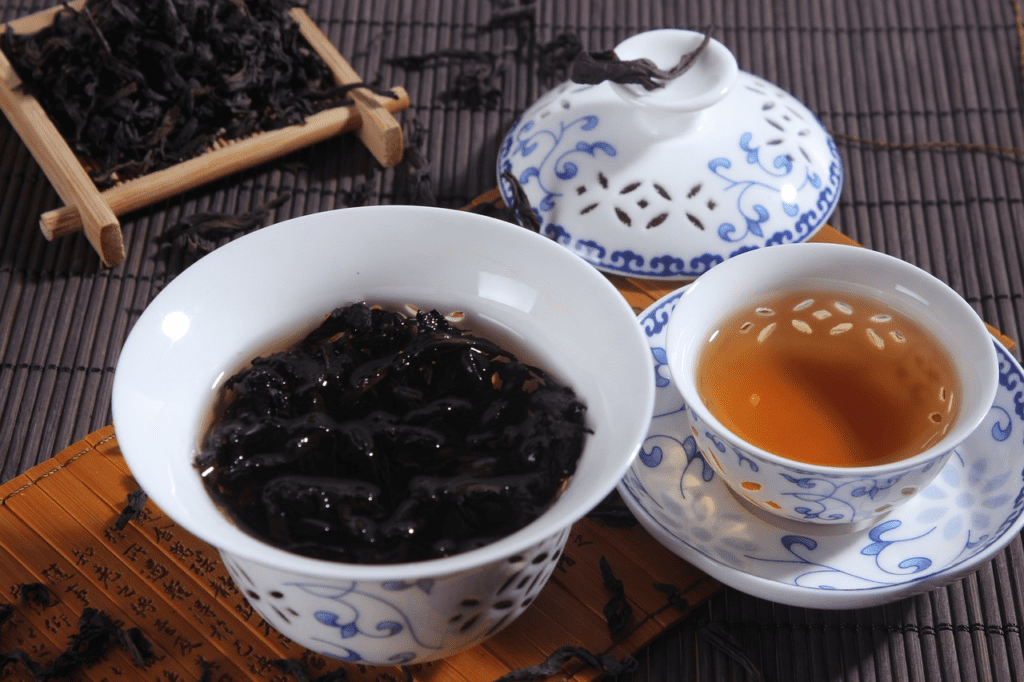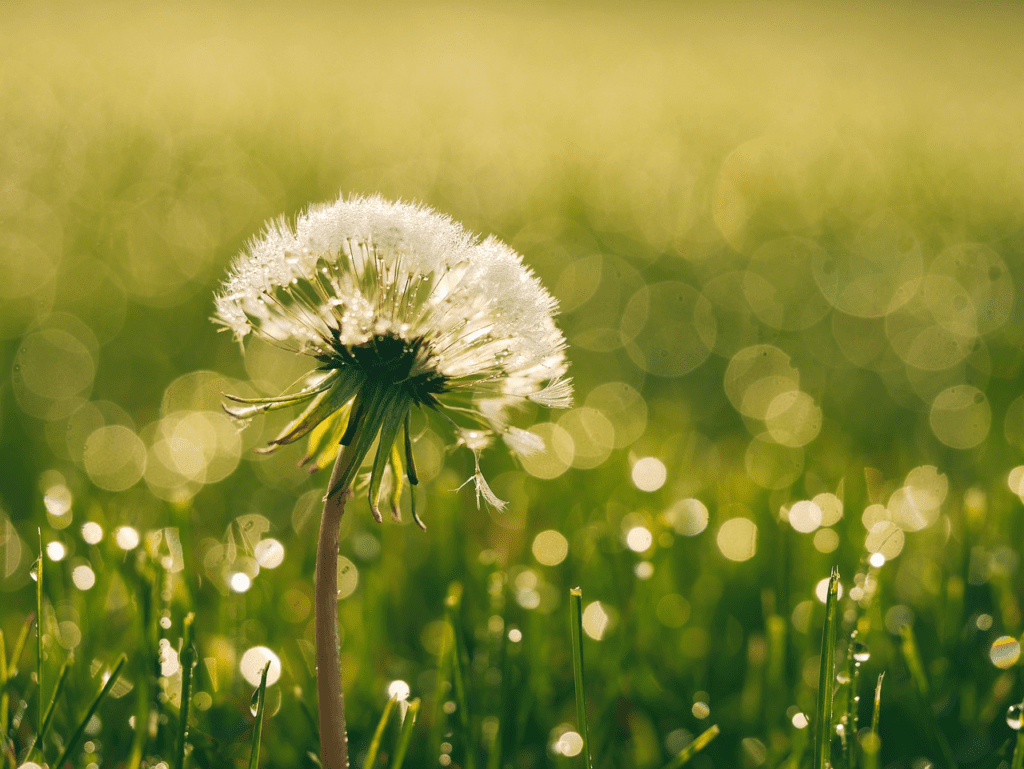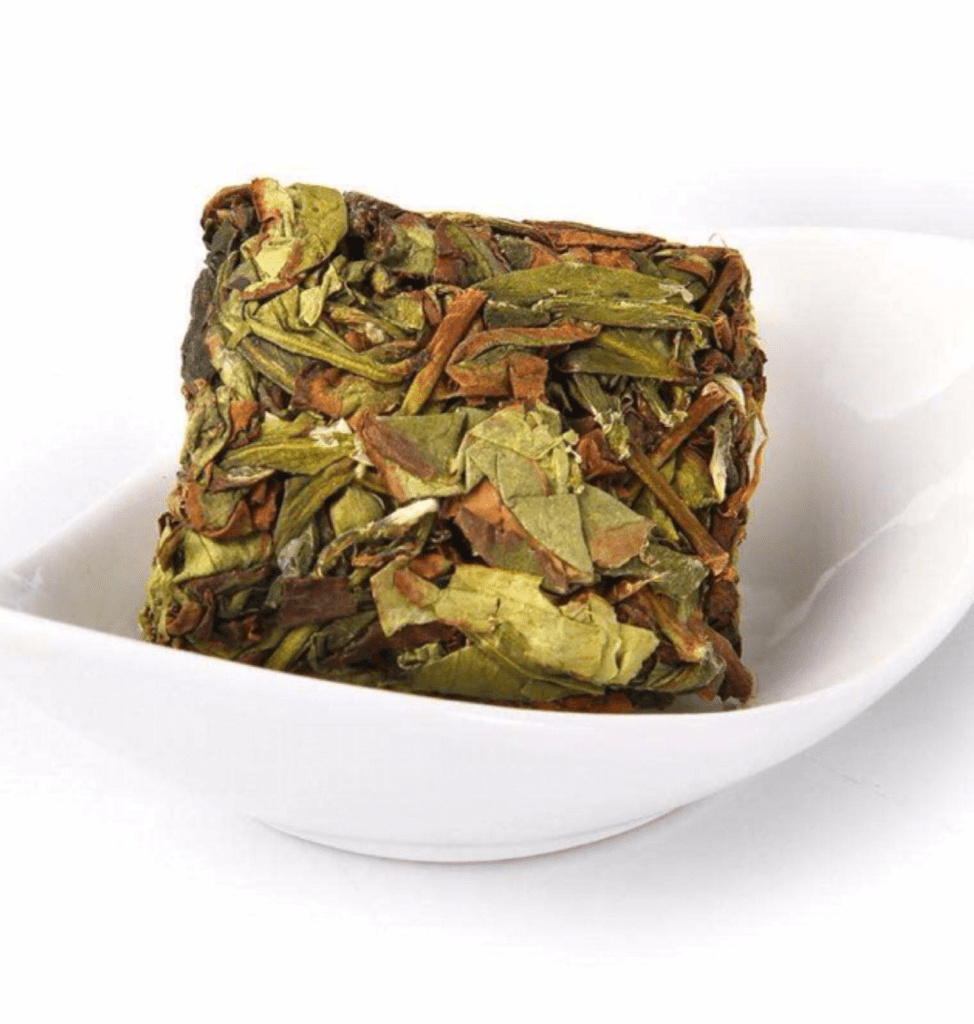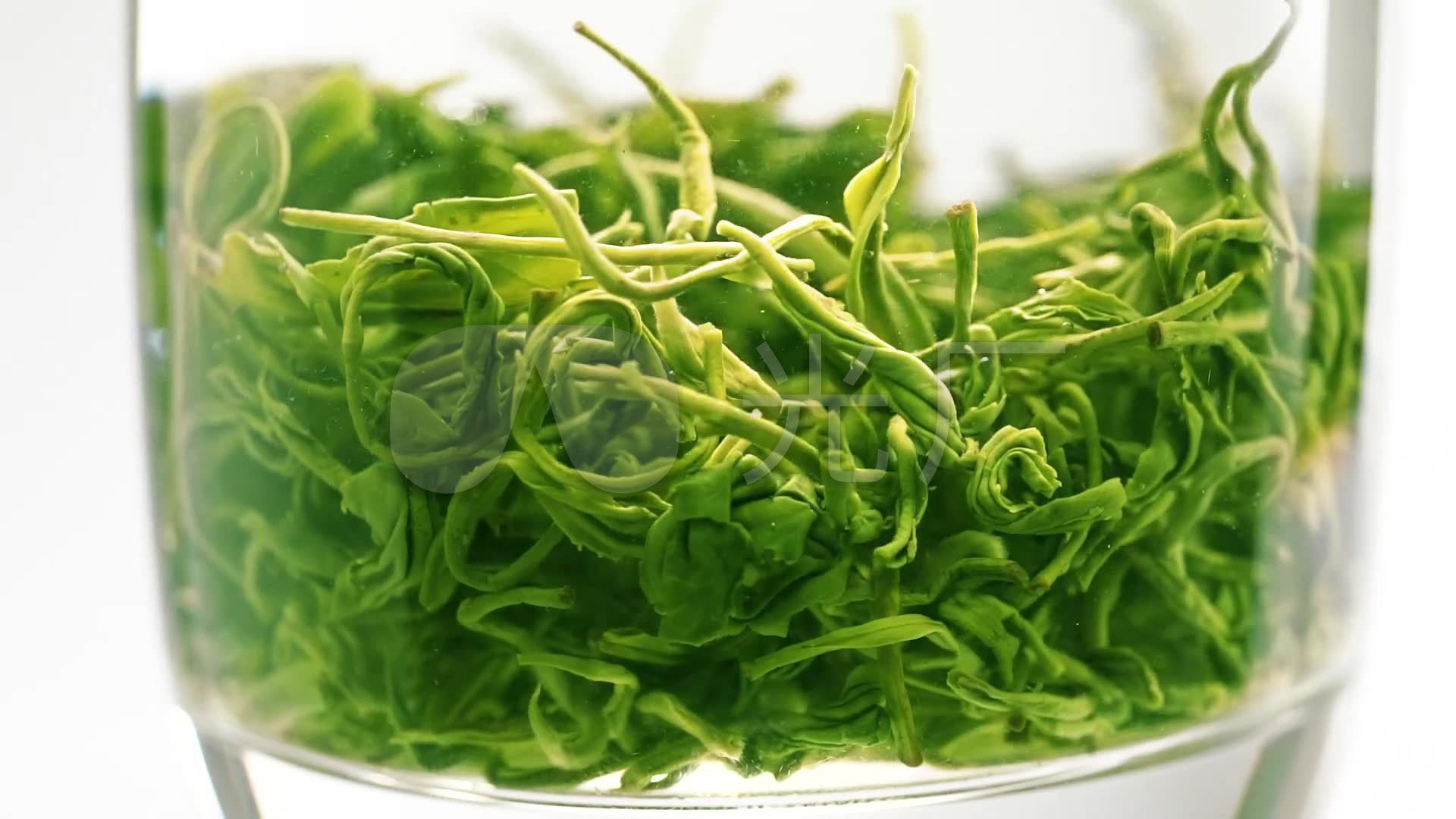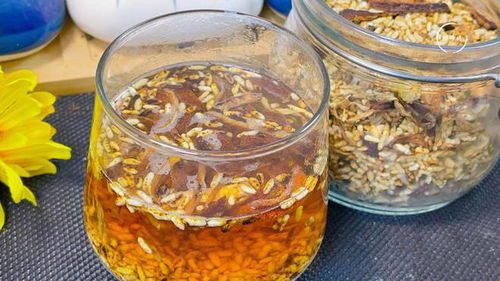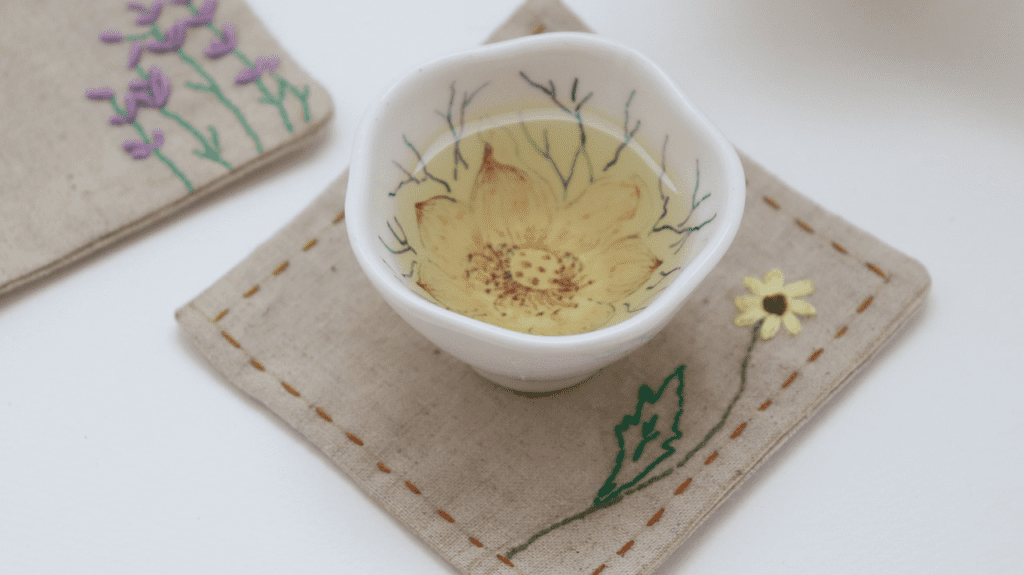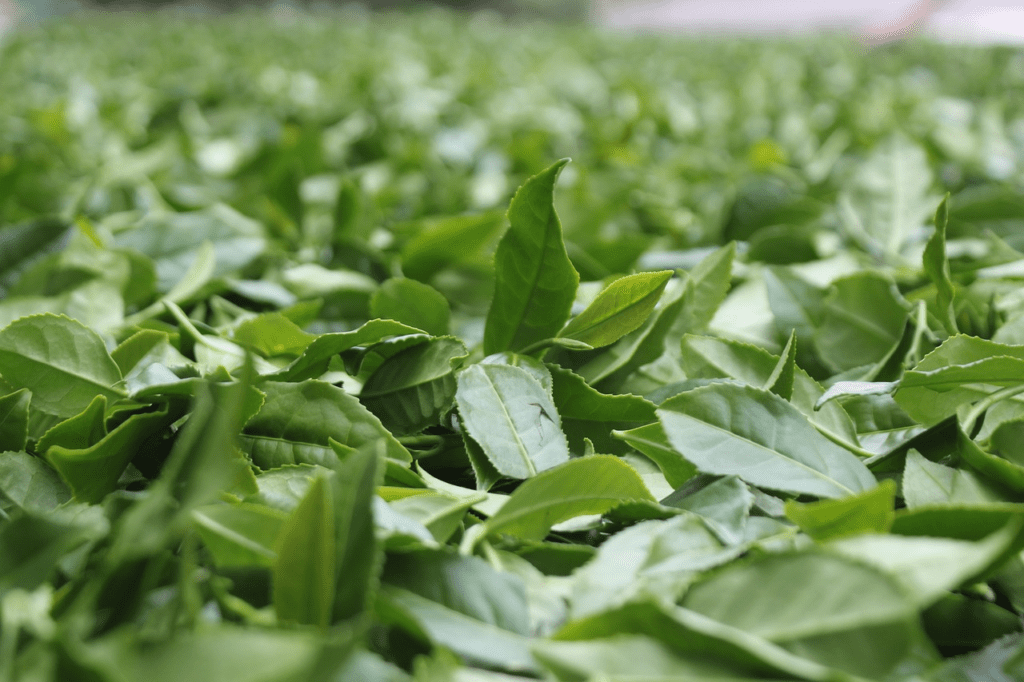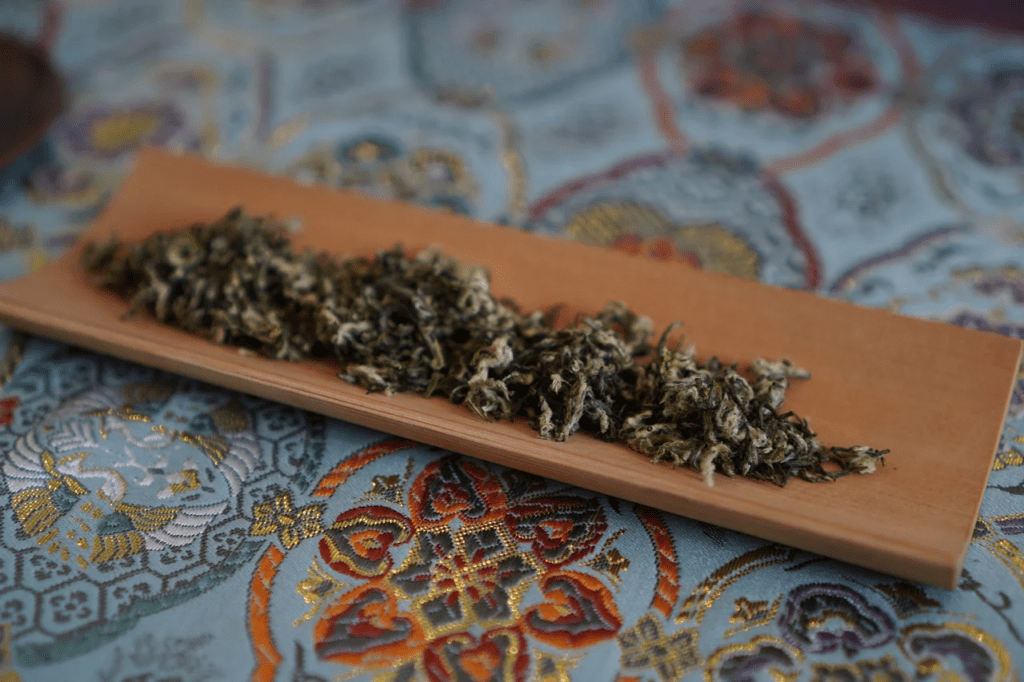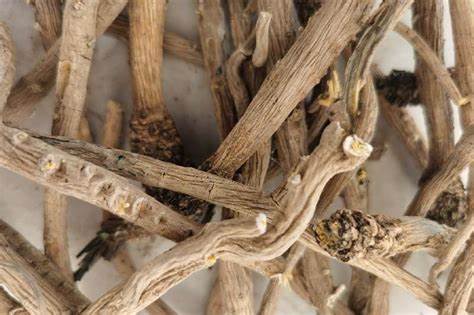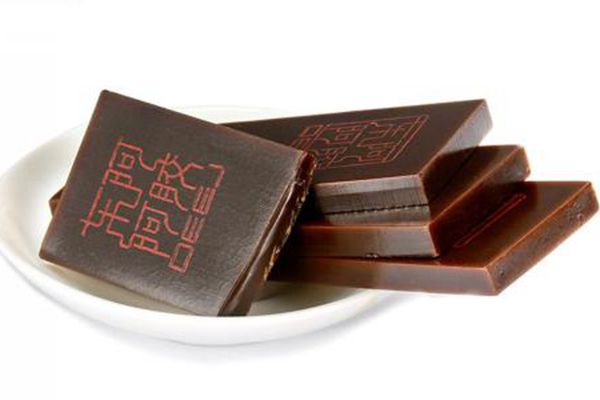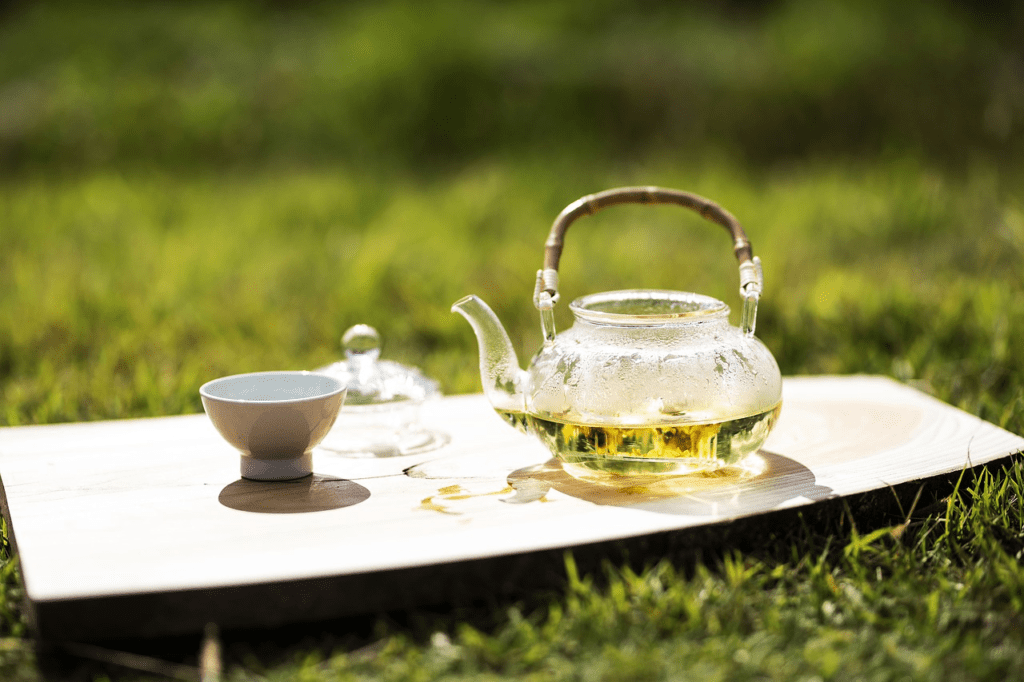Mengding Ganlu is one of the top ten famous teas in China, produced in Mengding Mountain, Emei Mountain, Sichuan Province. It is a kind of green tea, known for its clear aroma, sweet taste, turquoise soup color and tender green leaf bottom. What are the appearance characteristics of Mengding Ganlu? How to identify the real Mengding Ganlu? This article will introduce you.

Characteristics of the appearance of Mengding Ganoderma:
- geometry: Tender, curly, striped, sometimes called "spiraled". The cords are long and thin, about 2-3 centimeters in length and 1-2 millimeters in diameter. There are white hairs on the surface of the cords, which appear silver-green in color.
- color: Bright green or yellowish green, sometimes with a yellowish tinge. The brighter the color, the better the quality. If the color is too dark or too light, the tea is of poor quality.
- fragrance: Fresh or floral aroma, sometimes with fruity or honeyed notes. The stronger the aroma, the better the quality. Aromas that are too light or have an off-flavor are indicative of poor quality tea.
- flavor: Sweet or fresh, sometimes with a slight bitterness or aftertaste. The mellower the flavor, the better the quality. If the flavor is too astringent or too light, the tea is of poor quality.
- color of soup: turquoise or yellowish green, sometimes with a golden color. The clearer the color, the better the quality. If the color of the soup is too muddy or too light, it means the quality of the tea is not good.
- underside of the leaf: Young green or yellowish green, sometimes with a reddish edge. The fresher the leaf, the better the quality. If the bottom of the leaf is too old or too yellow, it means the quality of the tea is not good.
The way to identify the real and fake Mengding Ganoderma:
- heed: Observe the characteristics of the shape and compare them with the above criteria to see if they match. If the shape characteristics obviously do not match, it can be judged as fake tea.
- scent: Smell the aroma and compare it with the above criteria to see if it matches. If the aroma obviously does not match, it can be judged as fake tea.
- savor: Taste the flavor and compare it with the above criteria to see if it matches. If the taste is obviously not in line, it can be judged as fake tea.
- serve as lookout: Observe the soup color and compare it with the above criteria to see if it matches. If the soup color obviously does not match, it can be judged as fake tea.
- foliage: Observe the bottom of the leaf and compare it with the above criteria to see if it matches. If the bottom of the leaf is obviously not in line, it can be judged as fake tea.
© copyright statement
The article is copyrighted and should not be reproduced without permission.
THE END

